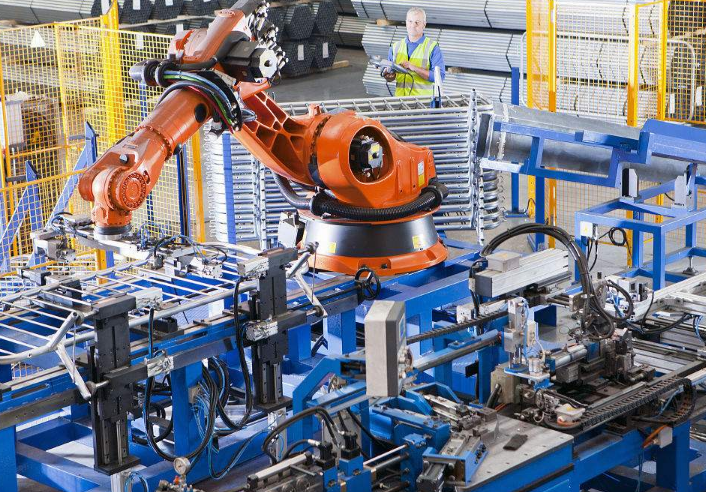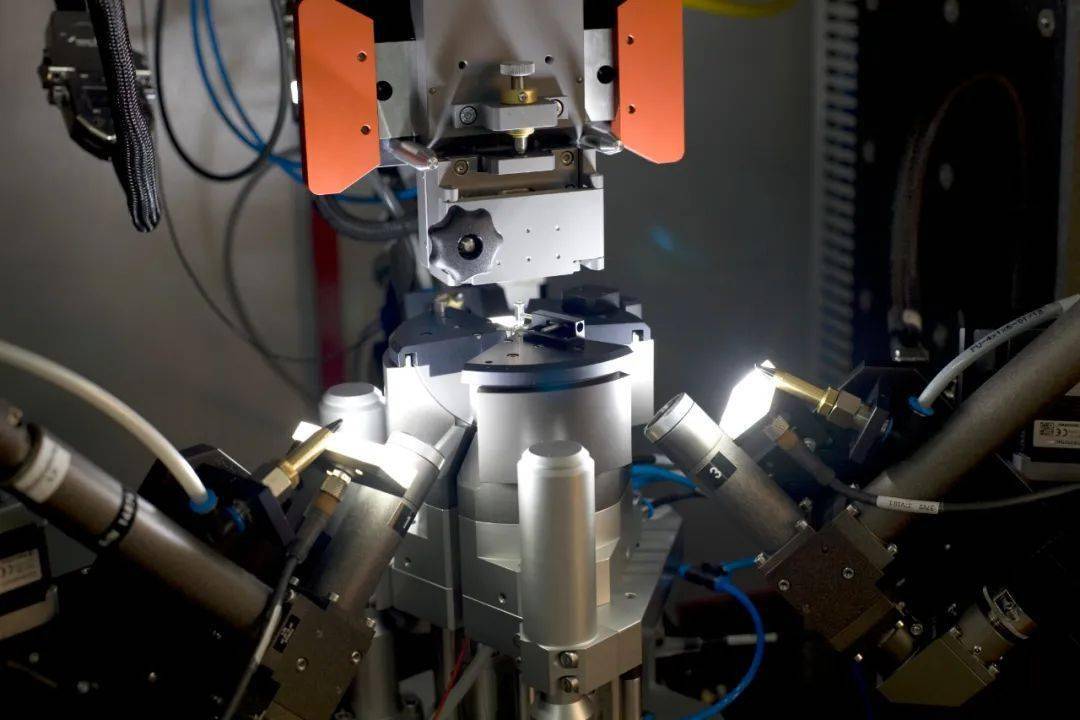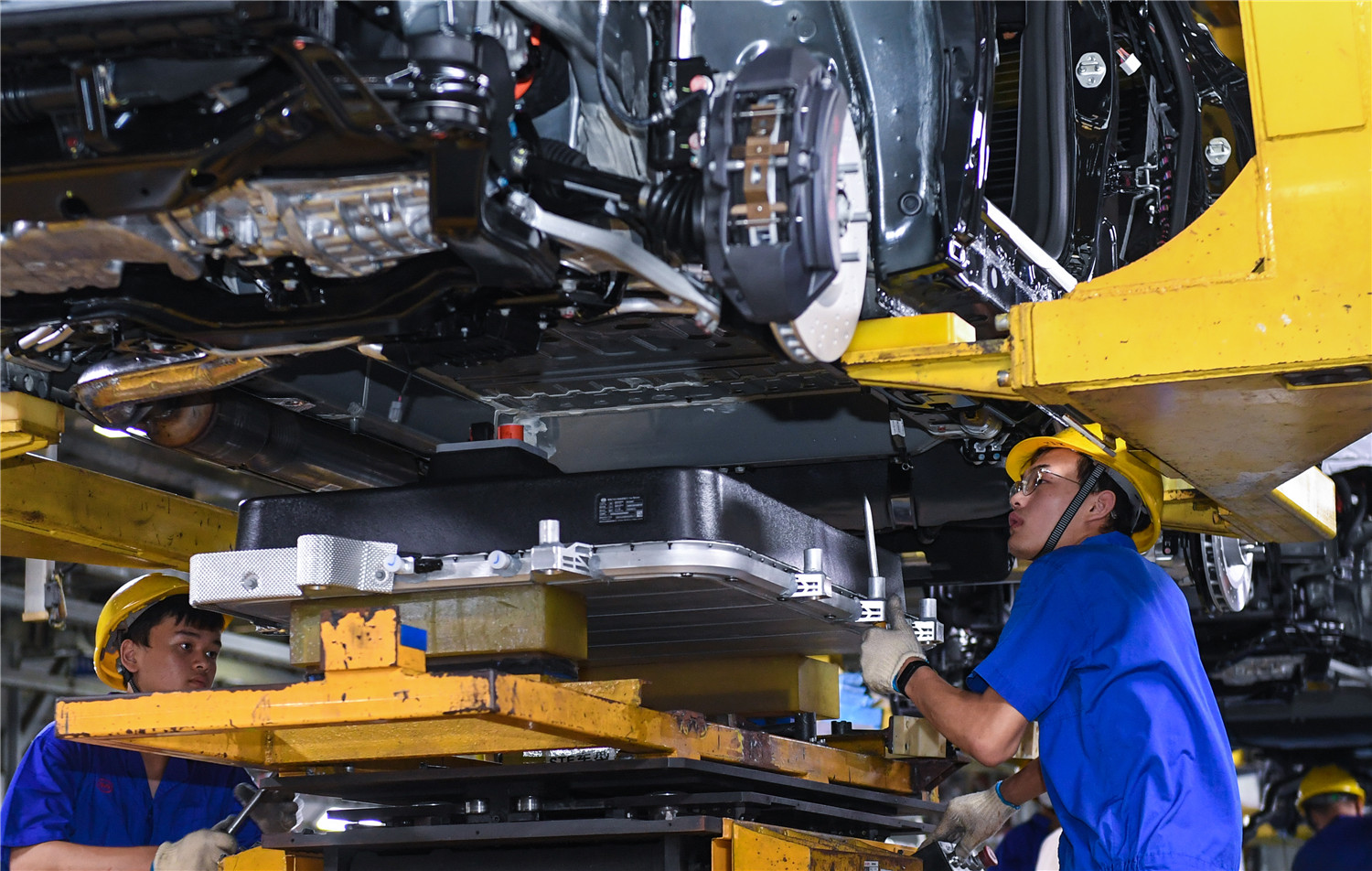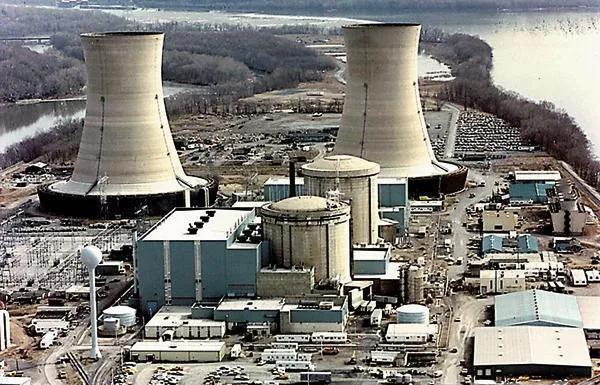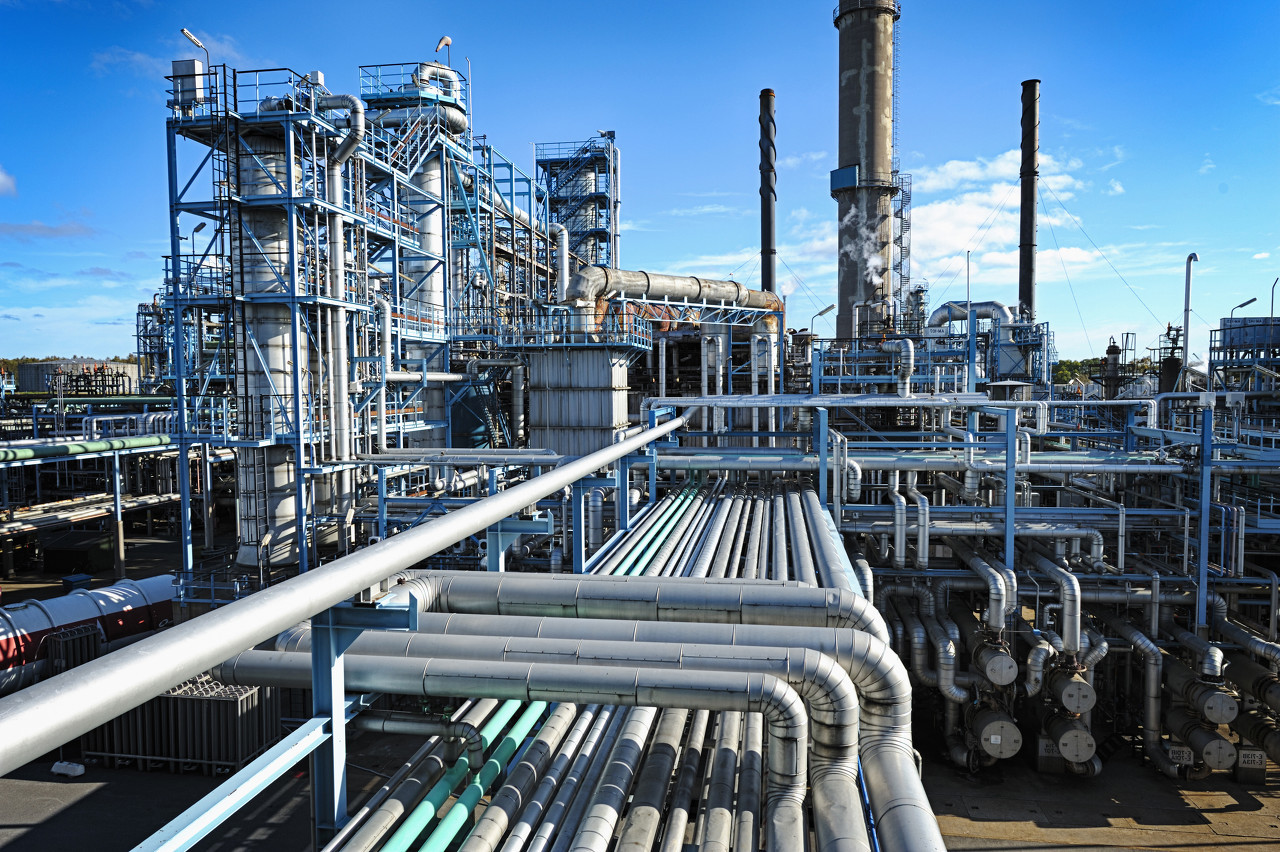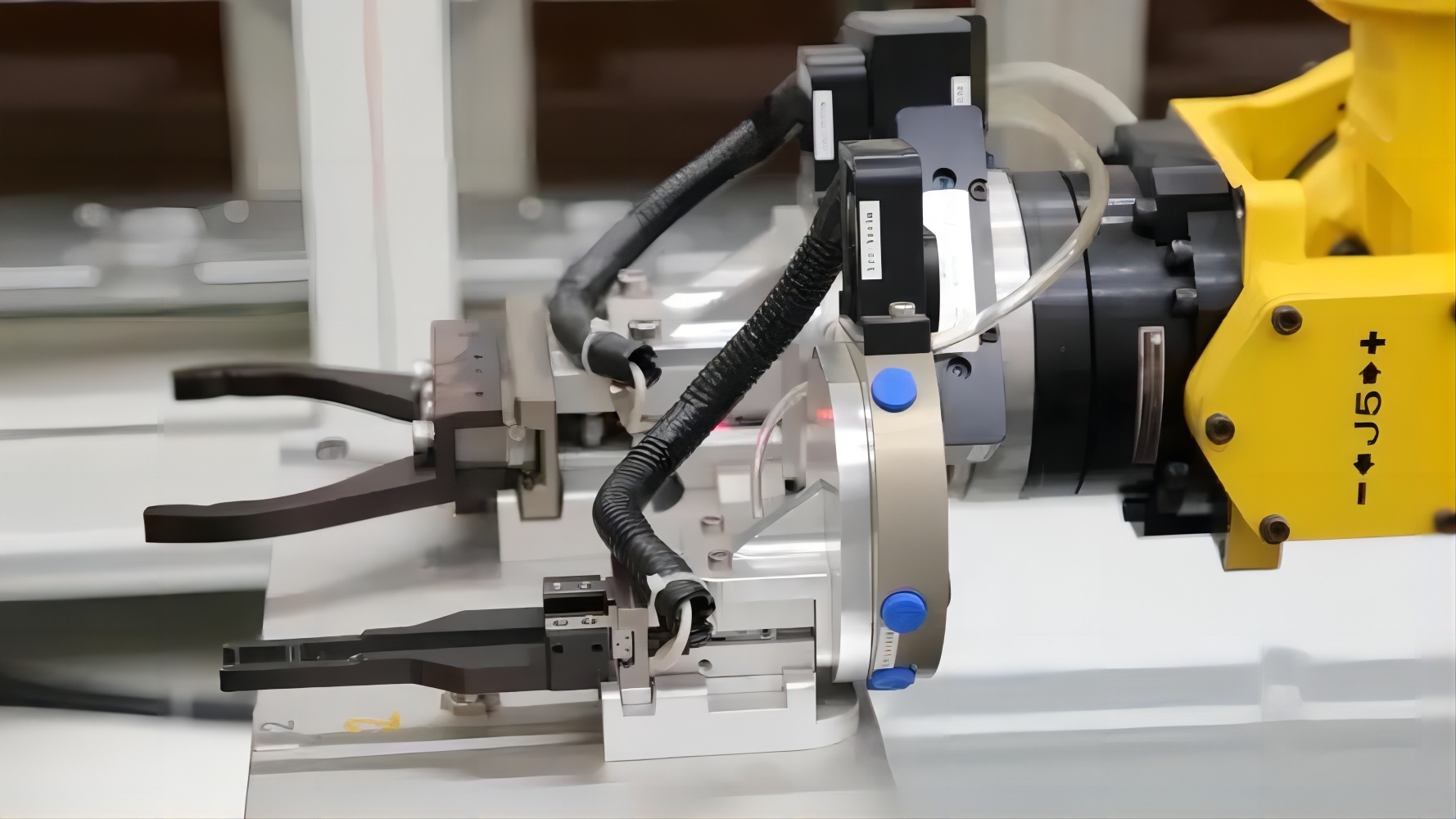| GB | JIS | UNS | W.Nr | ||||
| GH3600 | NW 6200 | N06200 | 2.4675 | ||||
| Executive standard | ASTM B574;ASTM B575;ASME SB-619; ISO 15156-3:2003 | ||||||
| Surface: | Mill;HL;Polish;Mirror;NO.4;Pvd….. | ||||||
| Tchnology: | Solution Treatment;Annealing | ||||||
| MOQ: | 200KG | ||||||
| Payment Term: | T/T;L/C;WesternUnion;Paypal | ||||||
| Delivery Time: | 7-15days upon receipt of the deposit | ||||||
| Package: | Standard Expot Packing or As Customers Requirement | ||||||
| Processing form:
|
 |
 |
 |
 |
 |
||
Hastelloy C-2000 Material
Product Description:
Product Details:Hastelloy C-276 coil; Hastelloy C-276 strip
Hastelloy C-2000 plate; Hastelloy C-2000 sheets;
Hastelloy C-2000 tube; Hastelloy C-2000 pipe;
Hastelloy C-2000 flat; Hastelloy C-2000 bar

Stainless Steel Details
Chemical composition (%)
| C | Si | Mn | Cr | Ni | Mo | W | Al | Fe |
| ≤
0.01 |
≤
0.08 |
≤
0.50 |
≥
16.00 |
≥
59.00 |
≥
16.00 |
≤
0.6 |
≤
0.01 |
≤
2.00 |
Mechanical Property
| T.S(Mpa)≥ | YS(Mpa)≥ | EL(%)≥ | HB≤ |
| 620 | 270 | 45 | 215 |
Chemical composition (%)
| C | Si | Mn | Cr | Ni | Mo | W | Al | Fe |
| ≤
0.01 |
≤
0.08 |
≤
0.50 |
≥
16.00 |
≥
59.00 |
≥
16.00 |
≤
0.6 |
≤
0.01 |
≤
2.00 |
Mechanical Property
| T.S(Mpa)≥ | YS(Mpa)≥ | EL(%)≥ | HB≤ |
| 620 | 270 | 45 | 215 |
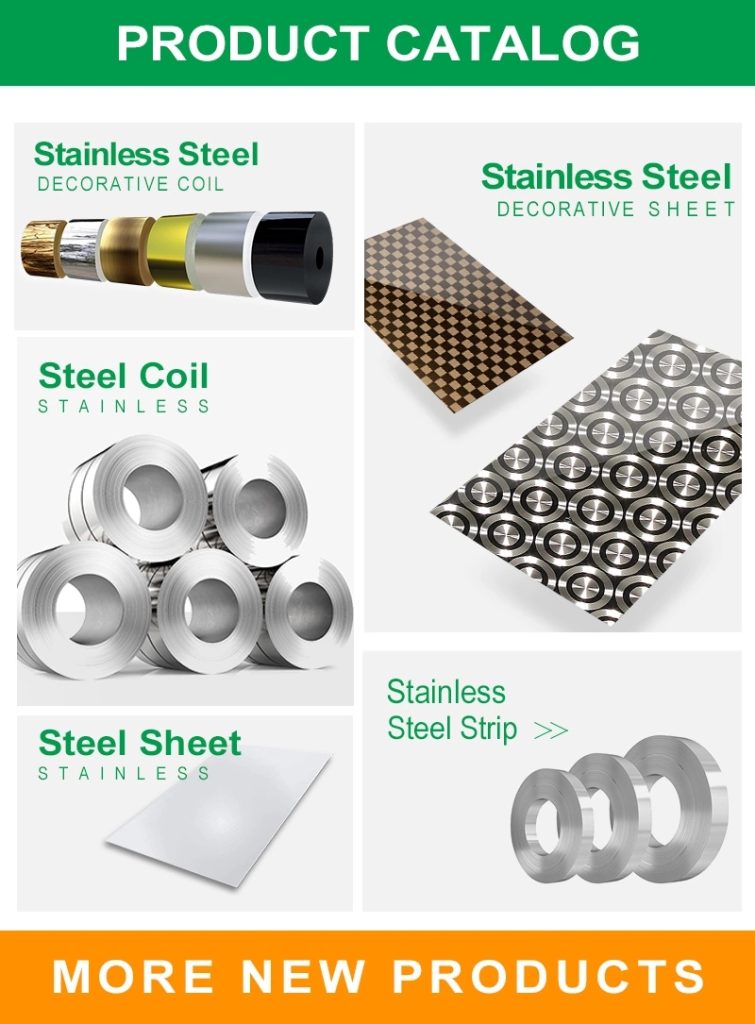
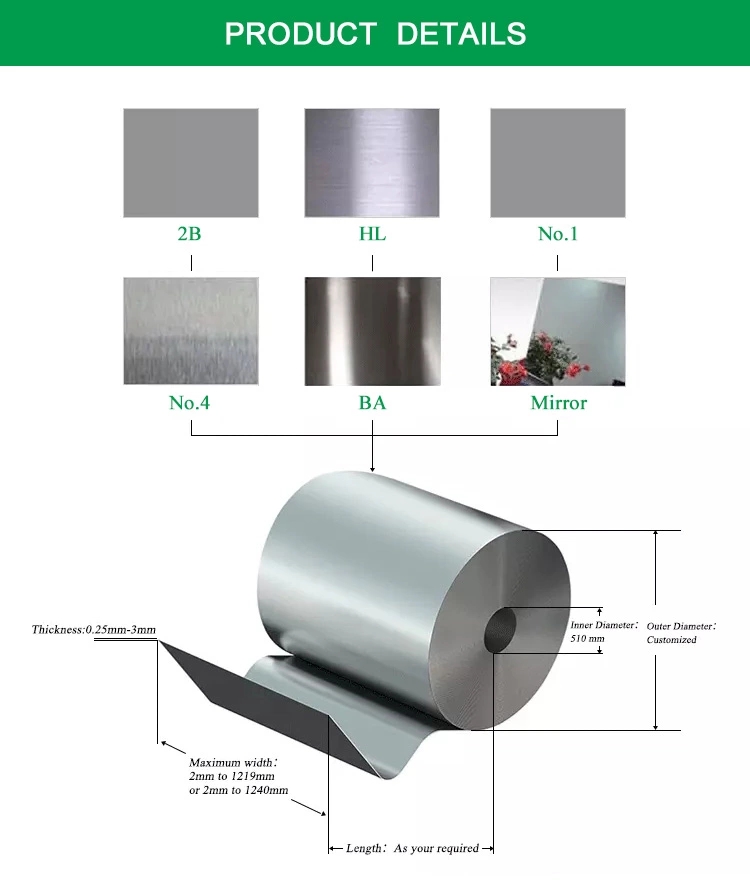
Stainless Steel Introduce
Hastelloy C-2000 is a high-performance nickel-molybdenum-chromium alloy with copper and tungsten additions, known for its exceptional resistance to a wide range of corrosive media, including sulfuric acid, hydrochloric acid, nitric acid, and their mixtures.
Hastelloy C-2000 was developed by Haynes International as an improved version of the original Hastelloy C alloy, with enhanced corrosion resistance and improved mechanical properties. Its chemical composition includes approximately 59% nickel, 16% molybdenum, 16% chromium, 1.6% copper, 0.6% tungsten, and smaller amounts of iron, manganese, silicon, carbon, and aluminum.
Hastelloy C-2000 has excellent resistance to localized corrosion, including pitting, crevice corrosion, and stress corrosion cracking, as well as to intergranular attack and corrosion from wet chlorine gas. It also has good resistance to oxidizing and reducing environments, making it suitable for use in a wide range of industrial applications, including chemical processing, pollution control, and pulp and paper production.
In terms of mechanical properties, Hastelloy C-2000 has a minimum tensile strength of 620 MPa and a minimum yield strength of 270 MPa, along with a minimum elongation of 45%. It has a hardness range of HB 215-335.
Overall, Hastelloy C-2000 is a highly versatile alloy that offers excellent resistance to a wide range of corrosive media, combined with good mechanical properties and ease of fabrication. It is a popular choice for applications where corrosion resistance is critical, such as chemical processing, pollution control, and pulp and paper production.
Here are the national standards for Hastelloy C-2000 alloy:
United States: AMS 4675, AMS 7233, ASTM B366, ASTM B574, ASTM B575, ASTM B619, ASTM B622, ASTM B626, UNS N06200
Europe: EN 2.4675
Germany: DIN 17744
France: AFNOR NU-30M
United Kingdom: BS HR 505
Japan: JIS NW 6200

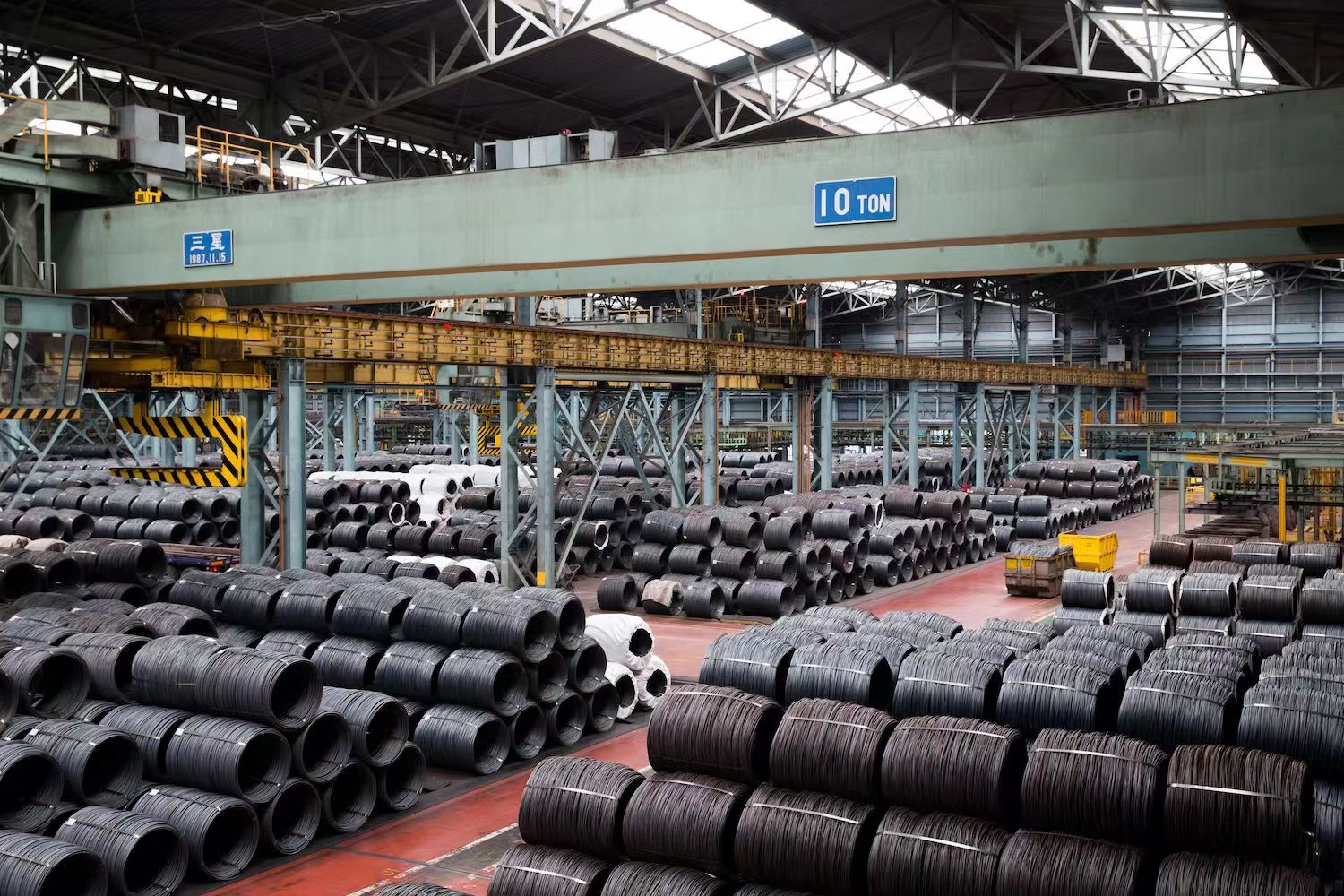
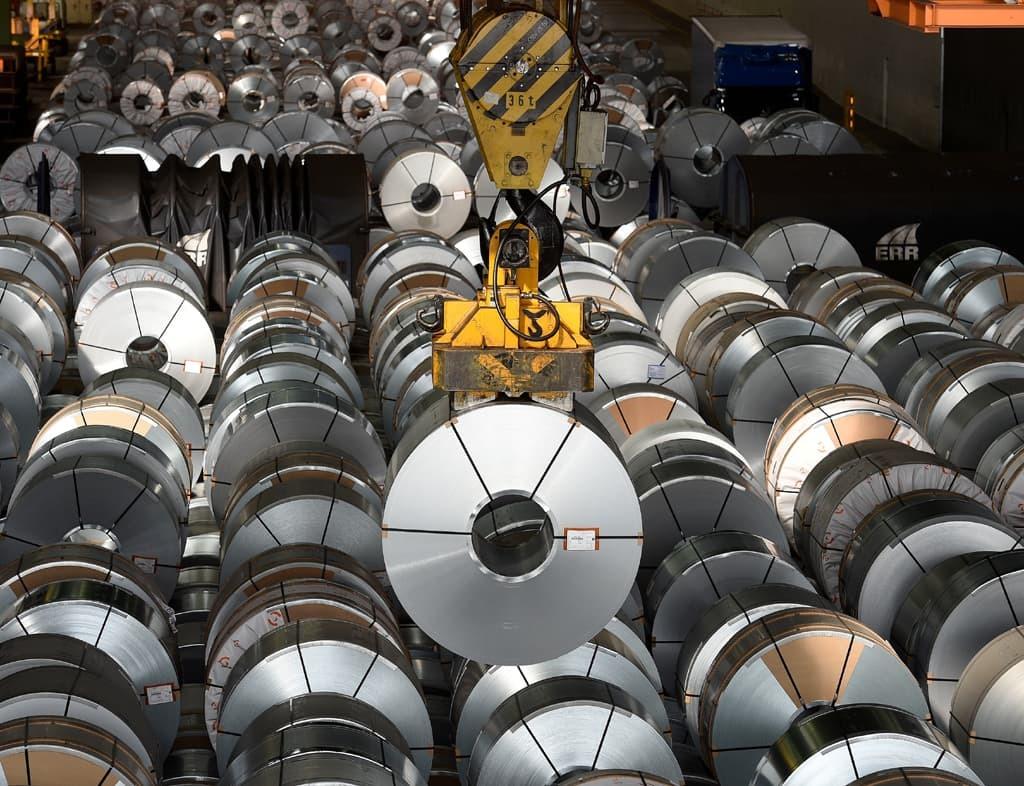
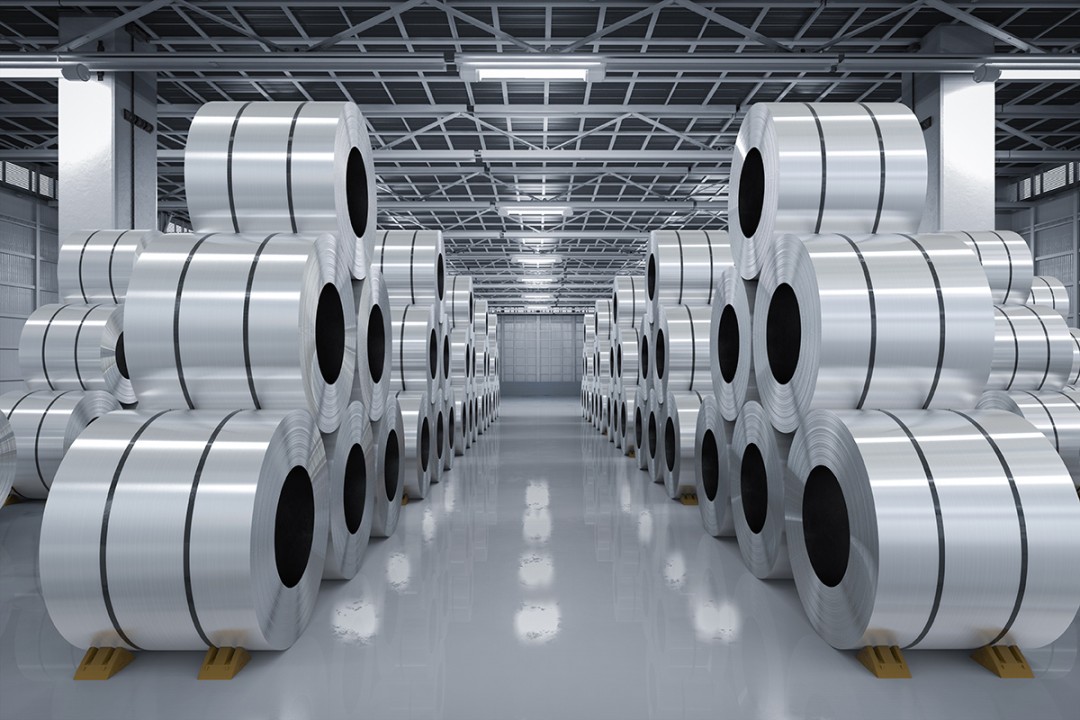
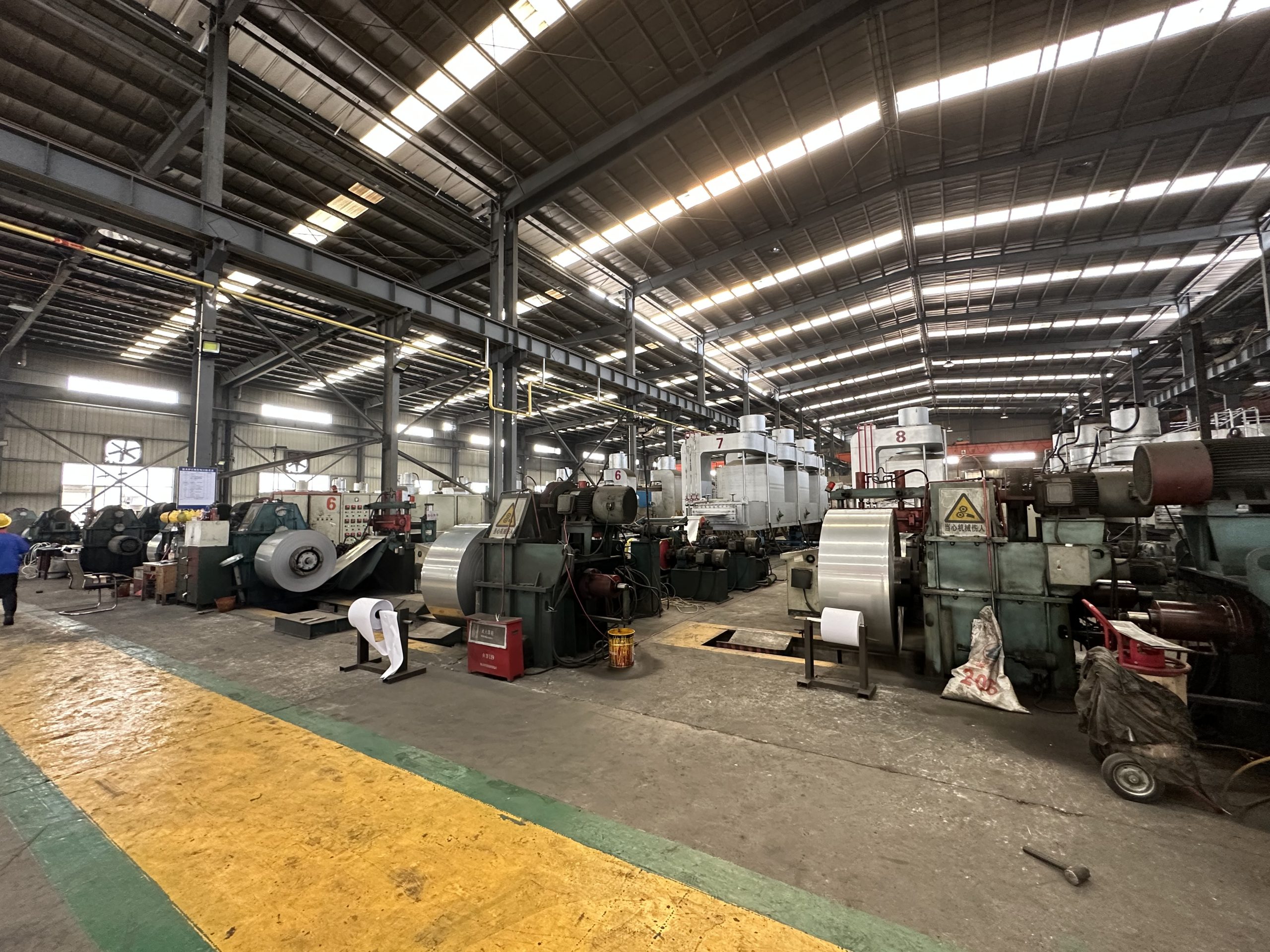
Application fields
Hastelloy C-2000 is a high-performance nickel-molybdenum-chromium alloy with copper and tungsten additions, known for its exceptional resistance to a wide range of corrosive media, including sulfuric acid, hydrochloric acid, nitric acid, and their mixtures.
Hastelloy C-2000 was developed by Haynes International as an improved version of the original Hastelloy C alloy, with enhanced corrosion resistance and improved mechanical properties. Its chemical composition includes approximately 59% nickel, 16% molybdenum, 16% chromium, 1.6% copper, 0.6% tungsten, and smaller amounts of iron, manganese, silicon, carbon, and aluminum.
Hastelloy C-2000 has excellent resistance to localized corrosion, including pitting, crevice corrosion, and stress corrosion cracking, as well as to intergranular attack and corrosion from wet chlorine gas. It also has good resistance to oxidizing and reducing environments, making it suitable for use in a wide range of industrial applications, including chemical processing, pollution control, and pulp and paper production.
In terms of mechanical properties, Hastelloy C-2000 has a minimum tensile strength of 620 MPa and a minimum yield strength of 270 MPa, along with a minimum elongation of 45%. It has a hardness range of HB 215-335.
Overall, Hastelloy C-2000 is a highly versatile alloy that offers excellent resistance to a wide range of corrosive media, combined with good mechanical properties and ease of fabrication. It is a popular choice for applications where corrosion resistance is critical, such as chemical processing, pollution control, and pulp and paper production.
Hastelloy C-2000 is a high-performance nickel-molybdenum-chromium alloy with copper and tungsten additions, known for its exceptional resistance to a wide range of corrosive media, including sulfuric acid, hydrochloric acid, nitric acid, and their mixtures.
Hastelloy C-2000 was developed by Haynes International as an improved version of the original Hastelloy C alloy, with enhanced corrosion resistance and improved mechanical properties. Its chemical composition includes approximately 59% nickel, 16% molybdenum, 16% chromium, 1.6% copper, 0.6% tungsten, and smaller amounts of iron, manganese, silicon, carbon, and aluminum.
Hastelloy C-2000 has excellent resistance to localized corrosion, including pitting, crevice corrosion, and stress corrosion cracking, as well as to intergranular attack and corrosion from wet chlorine gas. It also has good resistance to oxidizing and reducing environments, making it suitable for use in a wide range of industrial applications, including chemical processing, pollution control, and pulp and paper production.
In terms of mechanical properties, Hastelloy C-2000 has a minimum tensile strength of 620 MPa and a minimum yield strength of 270 MPa, along with a minimum elongation of 45%. It has a hardness range of HB 215-335.
Overall, Hastelloy C-2000 is a highly versatile alloy that offers excellent resistance to a wide range of corrosive media, combined with good mechanical properties and ease of fabrication. It is a popular choice for applications where corrosion resistance is critical, such as chemical processing, pollution control, and pulp and paper production.
